Among all the mammals living on our planet, no one makes me feel such genuine admiration as whales do. These amazing animals, living all their life in the water, are warm-blooded, breathe oxygen and feed their children with milk. The system of their communication resembles sounds from other planets. Well, since I was small, I have always loved whales and their closest relatives – killer whales and dolphins, and have carefully studied everything about them. While situation is quite simple with dolphins – you can watch them in any dolphinarium, the situation with whales is much trickier: if you want to see these noble animals, you need to go to their habitat. By the way, the greatest luck is to see a fluke of a whale. And if you did, be sure your trip has been successful.
While planning our journey to Iceland, among the first questions I tackled was searching for information about where we could watch whales in their natural habitat. Iceland is home for many species of these huge mammals: blue whale, cachalot, humpback whale, killer whale, minke whale, fish whale, and fin whale. There is certain seasonality in their migration, but we got a chance to see them in the waters of the Norwegian Sea.
Iceland is one of the few countries which currently have a quota to kill whales for scientific and industrial purposes. Promo brochures in Reykjavik promise you will watch whales just from a window of your hotel. It’s a trick: colourful pictures with whales almost jumping on board of your ship may be misleading – no one guarantees that you’ll see them during your sea trip. In other words, you can pay a good deal of money for a boat trip and, at the end of your “cruise” you could painfully learn from your guide that there was a just bad day for “hunting” whales. So, if you are determined to see the sea giants rather than just tick the box “whale watching”, head to the Iceland’s northernmost city – Húsavik.
Húsavík
Húsavik is one of the most ancient settlements in Iceland. The name can be translated as “bay of houses”. The population of the town is as little as 2,900 people. Nevertheless, it is regarded as “Europe’s centre of whale watching” and lots of boats on Skjálfandi Bay offer whale watching experience. A chance that you meet them there is much higher than, for example, near Reykjavik; however no one gives you a 100% guarantee. Husavik is very close to the famous sulphur lake Mývatn and the most powerful waterfall in Europe – Dettifoss. No doubts, it’s a very good point to explore the north of Iceland.
When you arrive to the town and stand on the waterfront, you’ll see several banners of local agencies offering whale watching tours. We’ve visited all of them and chose Gentle Giants for several reasons. First, they offer is based on figures – their tourists have watched whales in 98% of cases. Second, they have two ships to choose, and the cost of the tour depends on the ship. A speedier and less capacious vessel is more expensive in price, while a smaller boat can take more people, so the price is much lower. We thought for a while and chose a speedy boat because we could see more attractions and spend less time. Watching a large colony of sea parrots – funny little birds known as one of Iceland’s symbols – was offered as a bonus. And, as it turned out later, we made the right choice. Finally, the tickets have been bought, the start of our journey scheduled and we had about an hour and a half to explore the Húsavik Whale Museum, the most famous one in the town.
Húsavík Whale Museum
Founded in 1997, the Museum has been studying habits and the habitat of whales in local waters. Being one of the most visited museums in Iceland, it gives very useful information and extremely interesting facts about whales. On the first floor you’ll find out what the whalebone looks like and what it is, what the daily diet of whales and killer whales is and watch many documentaries about the history of whaling, lots of drawings and legends of the ancient Vikings and could explore old maps with ancient sea monsters. The second floor presents the skeletons of different whales, including the skeleton of a narwhal which was donated from Greenland.
Iceland, which had been engaged in whaling over its history, completely stopped whaling in 1989 but resumed in 1992. Today, despite various protests of animal welfare organizations and Greenpeace, whalers still go to sea and kill whales. Interestingly, the Icelanders themselves do not eat meat of fin whales but supply it to the Japanese market. On average, about 190 minke whales and fin whales are killed during a hunting season, as official statistics says. The Museum gives lots of curious facts and useful information about whales so you can learn quite a lot about these incredible mammals living in the harsh cold waters of the world’s ocean.
We didn’t even notice how quickly 1.5 h had passed in the Museum, so we were almost running to the meeting point. Before boarding the boat, we were briefed on safety measures on the water and were issued special suits to wear over our clothes. In the overalls, I felt like a spacewoman – all my movements were very constrained and I made every step with an effort. Nevertheless, we quickly got used to this outfit. We boarded a large inflatable boat steered by a rudder. Our boat could gain speeds of up to 60 km/h. There were no safety belts at all, so we held on tightly to the handrails in front of us. Our captain was an experienced man who has been leading such expeditions for many years. The most interesting thing is that the boat had no radar which could help to find whales – so our captain’s intuition and knowledge was the main tool. He warned us once again that we might not watch whales at all during the trip, and our boat sailed off. We’ve already heard this many times and read forums where people shared their experience and were very disappointed with such trips because they didn’t see whales at all.
The first impression of our trip was the feeling that we were jumping on a trampoline. So we had to adapt to riding on waves. At high speed, the boat jumped on the water and slapped down. If you sit while the boat is jumping, your spine feels every jump, so almost all the way I stood with legs half-bent. We sailed off quite quickly from the shore and saw beautiful snow-capped peaks of the Skjálfandi Bay. We’ve reached a tiny island with thousands of sea parrots. When we approached the island we saw how many of these funny birds were there. They are a little bit larger than wavy parrots, although I thought they would be as large as home chickens. They quietly tilted on the waves and were busy with their usual birdy affairs – preened their feathers and dived for fish. Having made a small circle around this poultry house, we headed to our next point, Flat Island.
Flat island
This island is completely uninhabited now, although people used to live there some 50 years ago, and even now there are houses where their owners stay from time to time, but nobody lives there all the year round. On the island there is a small functioning church where wedding ceremonies still take place. The inhabited place is now occupied by numerous bird colonies. The island is home to more than 30 species of birds. We’ve made a stop there to stretch our legs before the most important point of our journey – searching for whales. The captain served some local alcoholic potion infused with Icelandic moss. It enlivened and warmed us a little bit because the head wind cooled us heavily despite our special outfits. Having spent about 15 minutes on the island we moved on.
All we could do on the boat was gazing around trying to see at least a hint of a whale, but all was in vain. Our captain encouraged us while we were rushing from one point to another one. I must say that our manoeuvring boat was very instrumental in the rapid movement. About 15 minutes after sailing off from the island, the captain cried out that he saw a whale and pointed at that direction, and our boat immediately rushed there. Then we’ve realized that today we’re lucky. A young whale emerged from the water right next to us and immersed back. I was absolutely happy because I’ve just seen the animal that I had seen on TV only. The whale emerged lazily and dived into the depths again. Our captain said that it was a kind of a local “dining room” and whales should be there. And it was exactly as he said. Soon, a little further, we noticed another whale, and the boat rushed to it. The whale also performed a few dances and showed its tail – a big luck for a tourist. If this was the end of our journey, it would still be considered as a very successful.
Much to my regret, whales didn’t come anymore – they simply disappeared. We tried to look them out in the deep waters of the sea for a few minutes, but in vain. And suddenly, in the distance, we saw a huge vertical fin that clearly demonstrated that it was the terror of seas and oceans – a killer whale. To say that we were in shock is to say nothing. When we hoped to see whales, we could not even dream of having the luck to watch the killer whale. The killer whale swam very close to our boat, so that I saw its face clearly. Apparently, it also had dinner and it paid no attention to us. On the other side of our boat, there was another black fin – another killer whale. This was the time when out captain was surprised. He told that seeing a killer whale was a big luck but two killer whales was definitely an incredible success. That was why our whales disappeared – they felt the danger from approaching killer whales and went to the depths. The killer whales emerged for a while and went to the depths. The moments of watching them were one of the most joyful in my life.
Time flew by. It was the time to go back to the port. On the way home, we shared our impressions and understood that we could hardly watch whales if we took that slower ship. We could not manoeuvre so quickly and swim so close to whales. Whales or killer whales appear on the surface of the water for seconds, and captain’s response should be immediate. Although we paid a good deal of money, we’re happy with our choice because we have seen everything we wanted, and even more!
These incredible emotions are still in our memory. If you’re also looking for whale watching experience, please take time to choose the guide and the boat, read the reviews and don’t believe in everything written in promo leaflets.
I do hope that our experience would be useful for you. Meanwhile we are moving on in our travels. Stay with us!

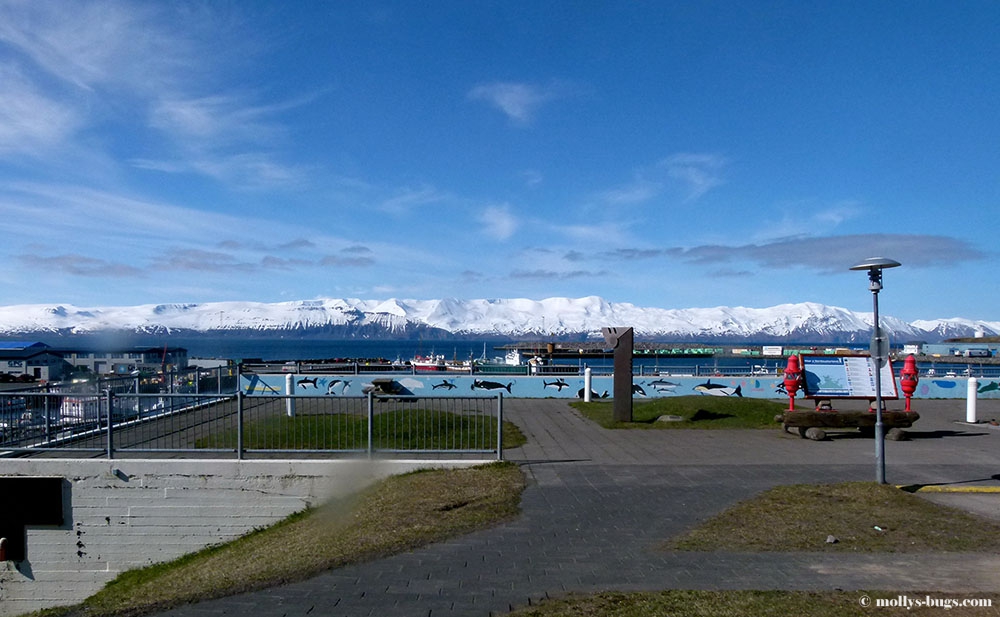
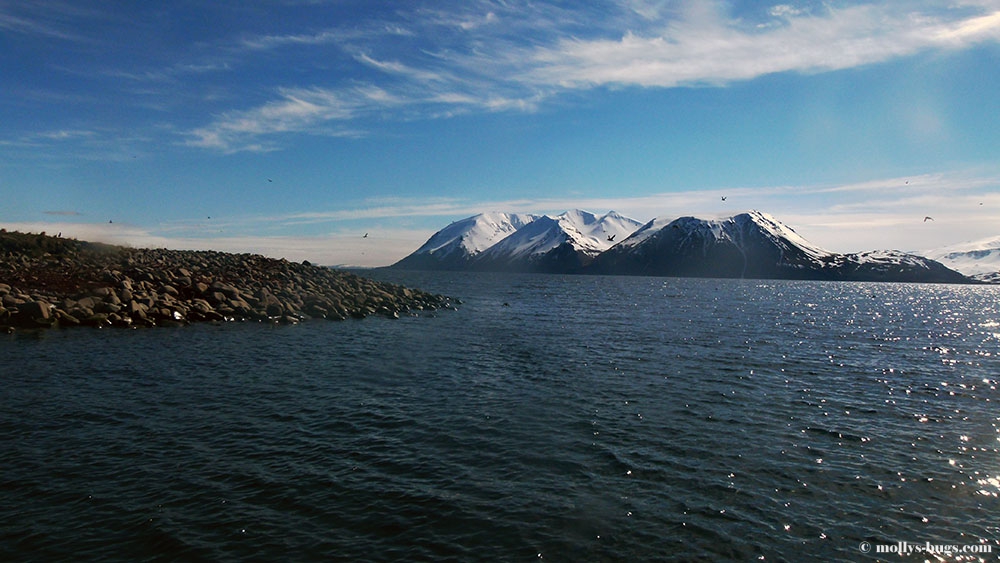
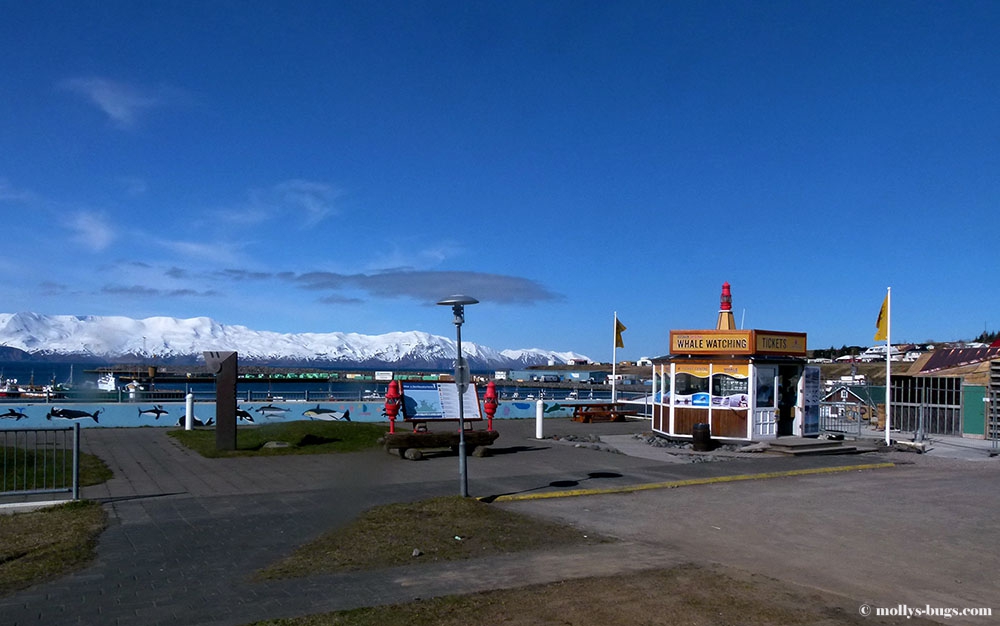
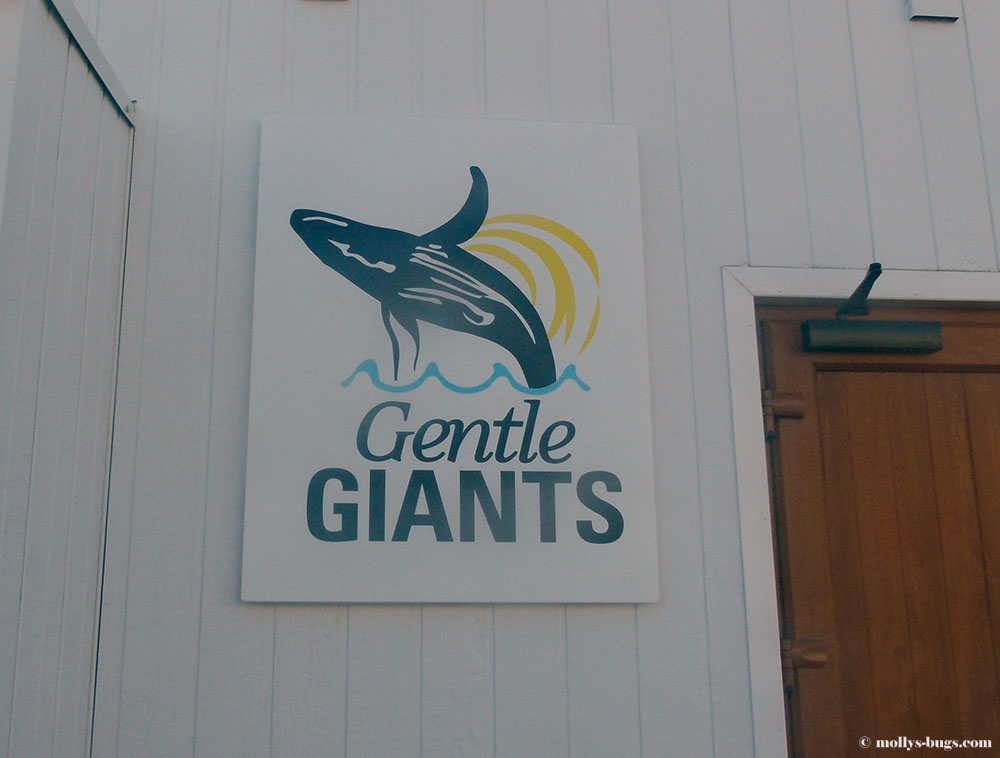
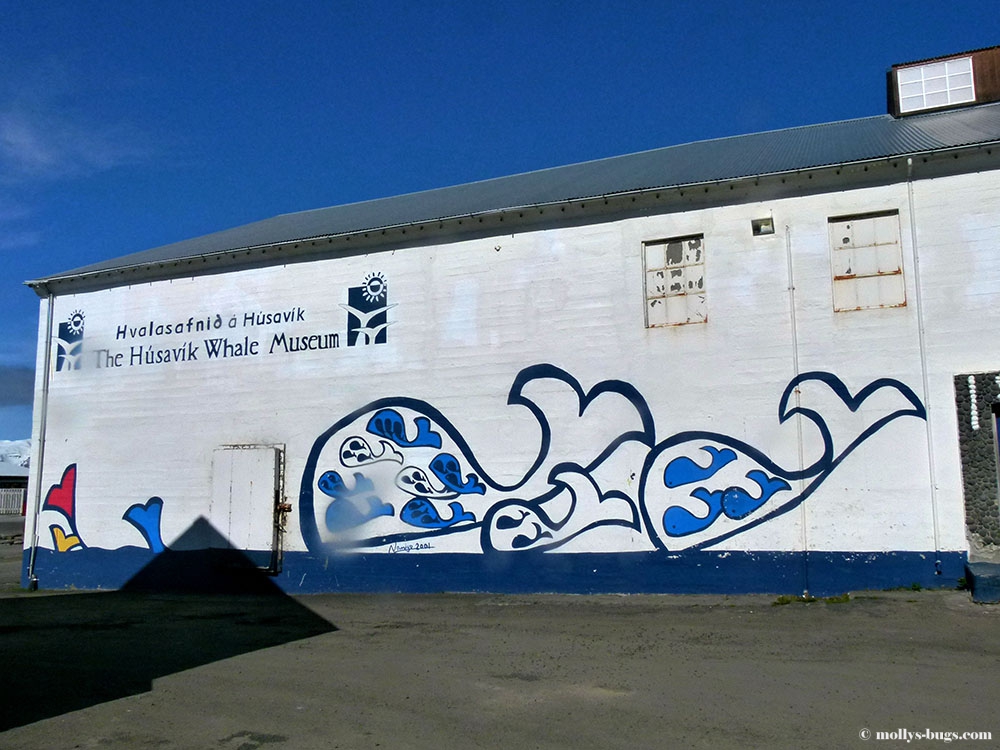
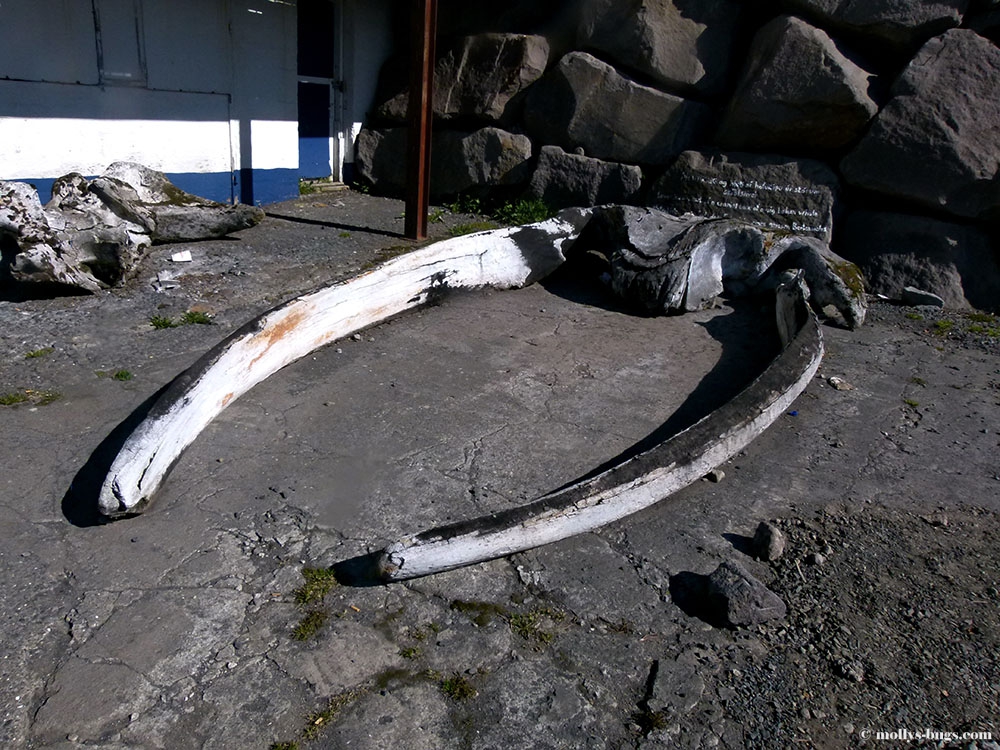
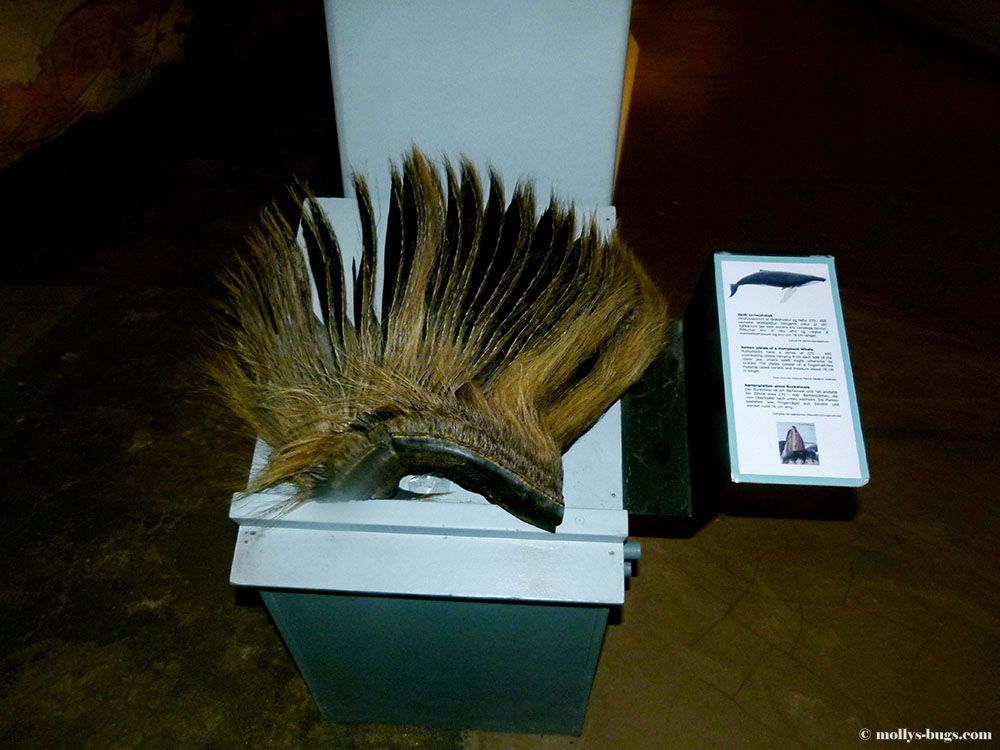

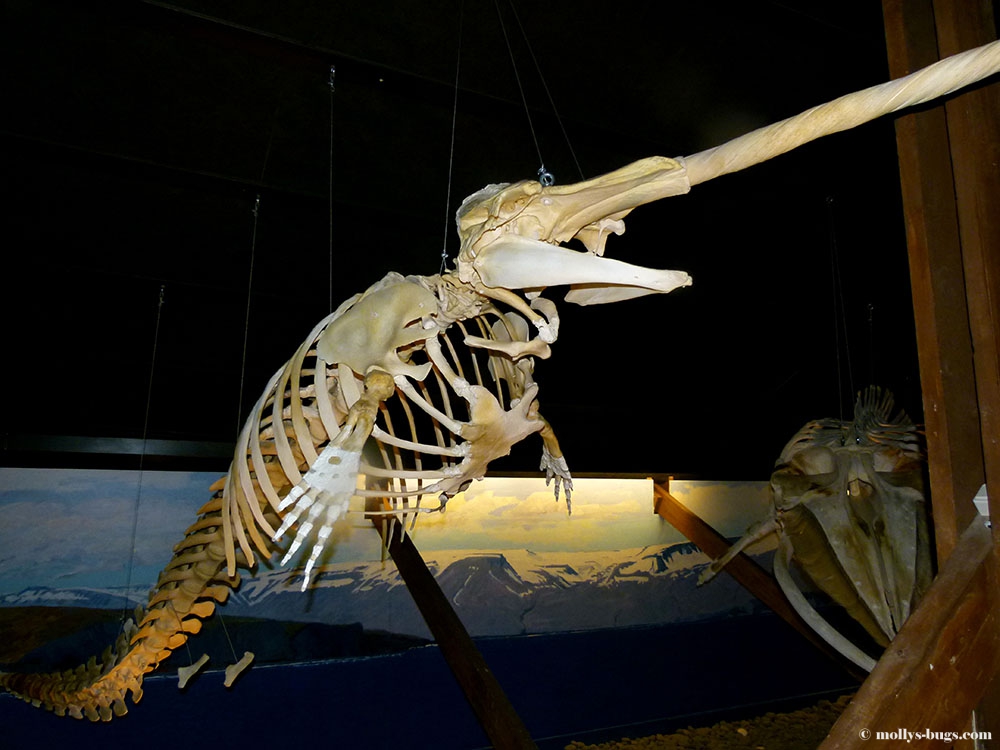
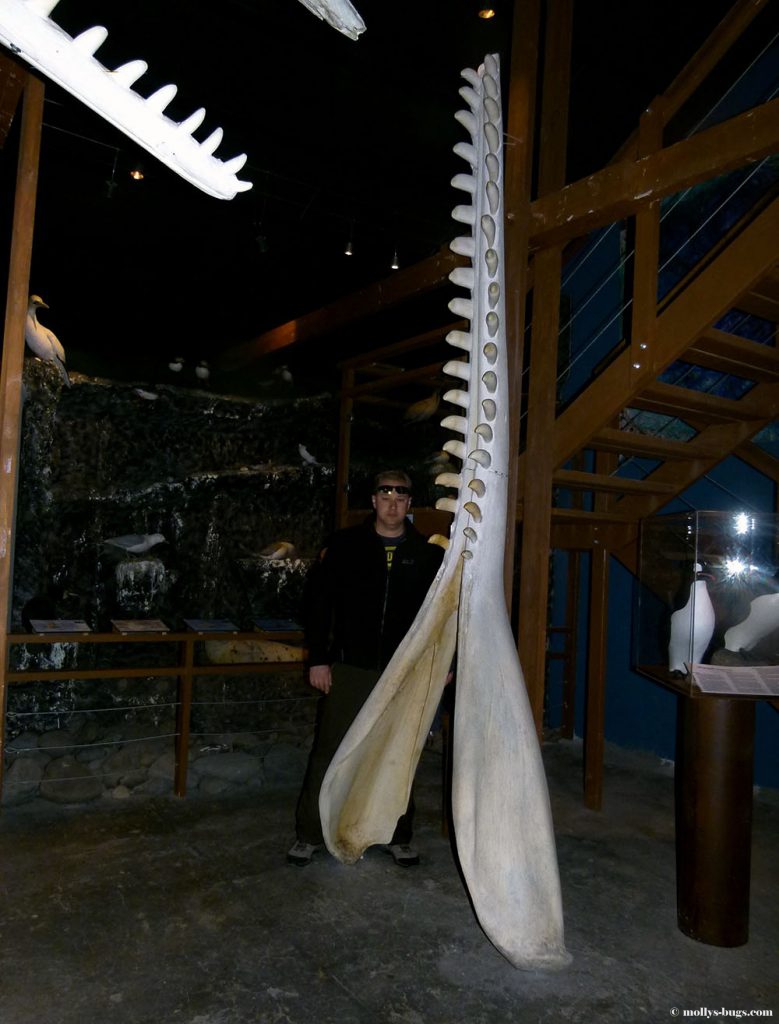
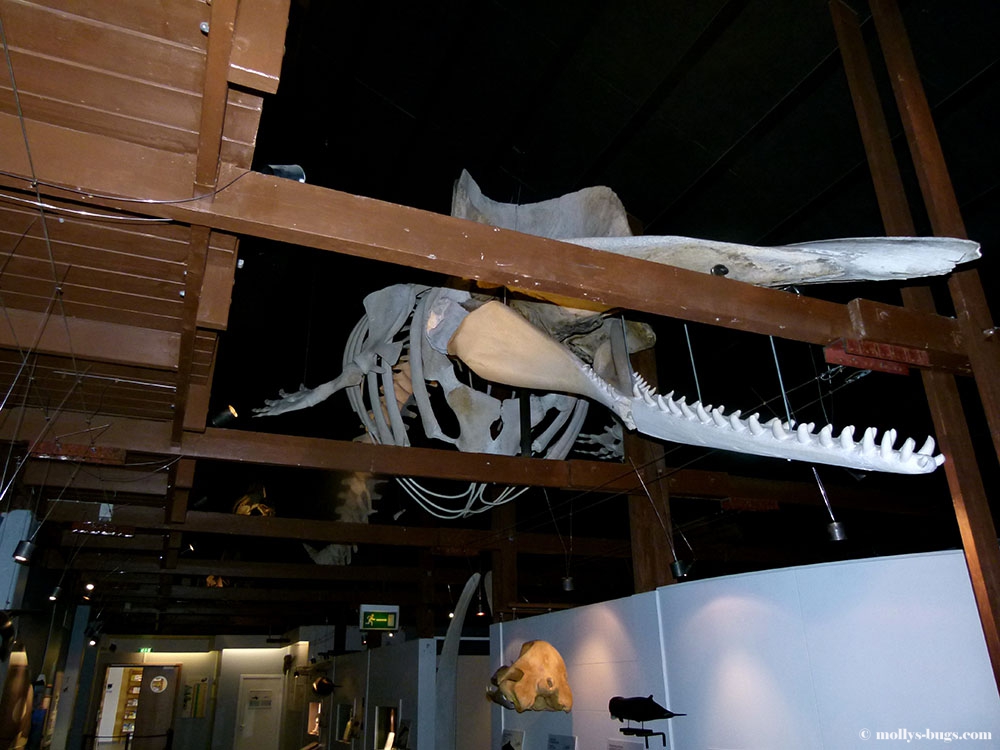
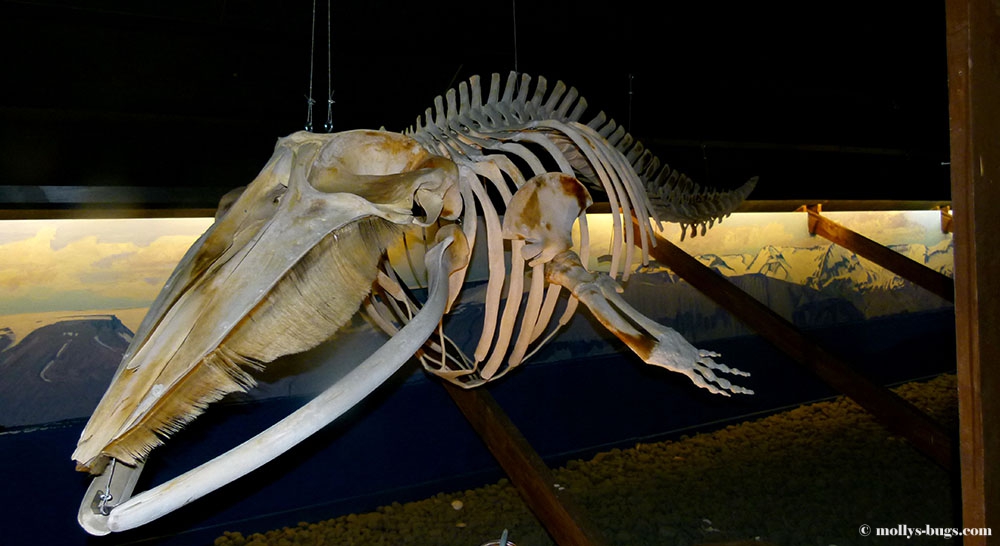
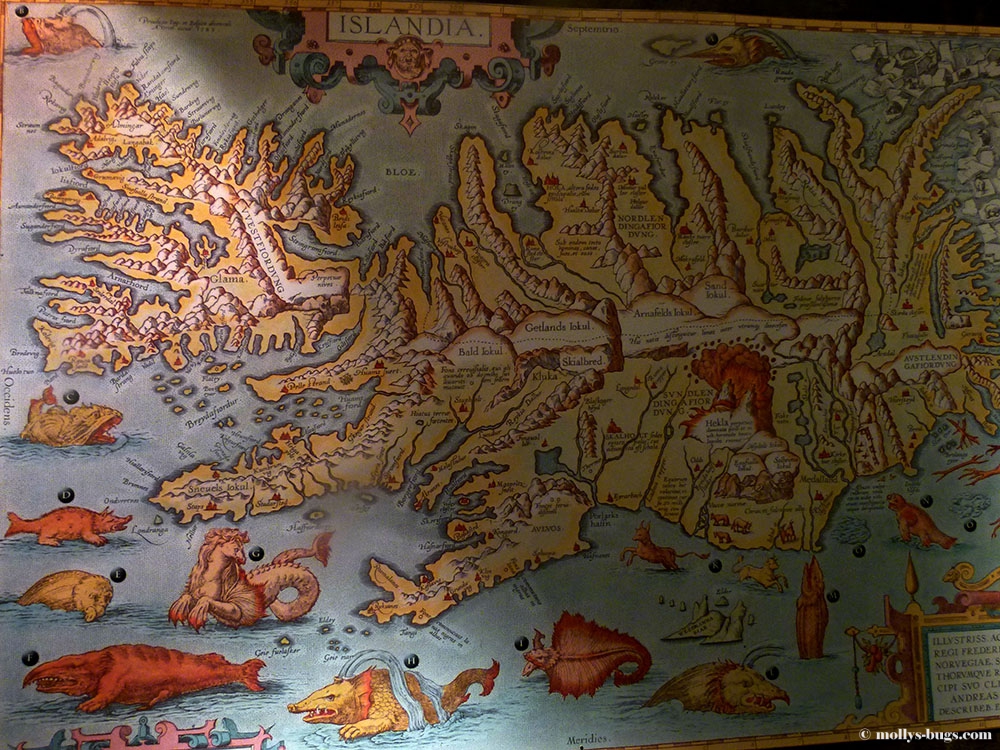
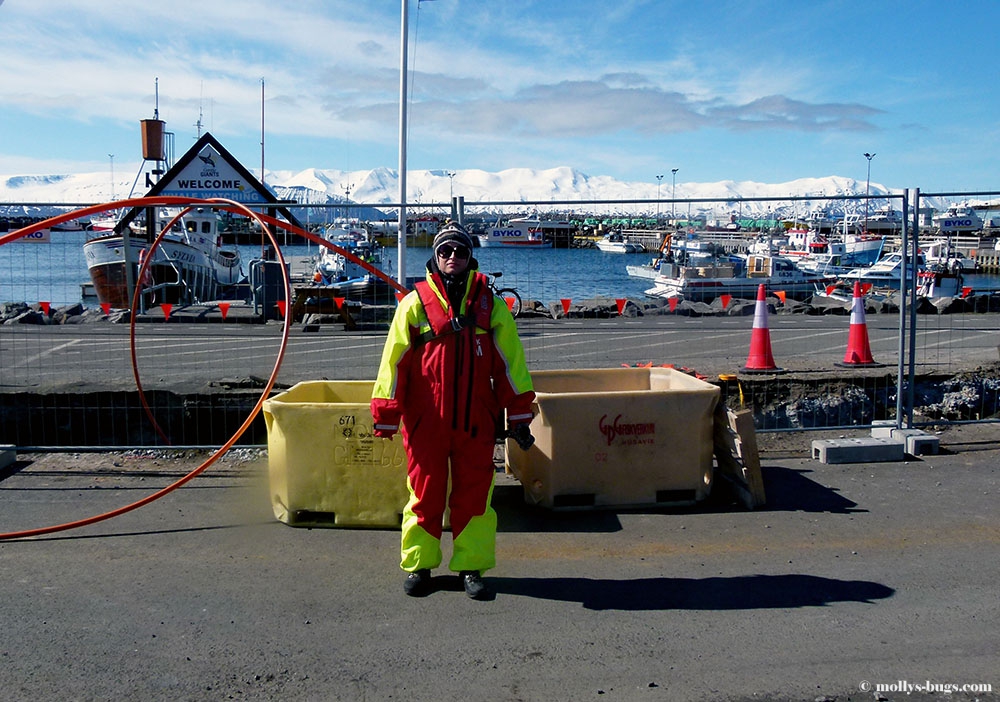
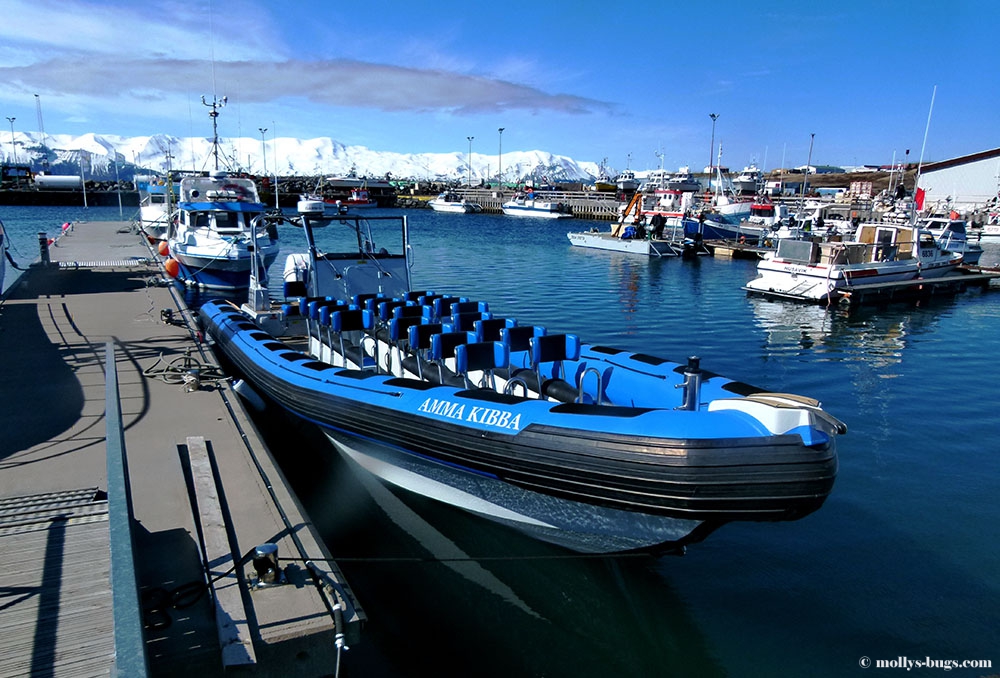
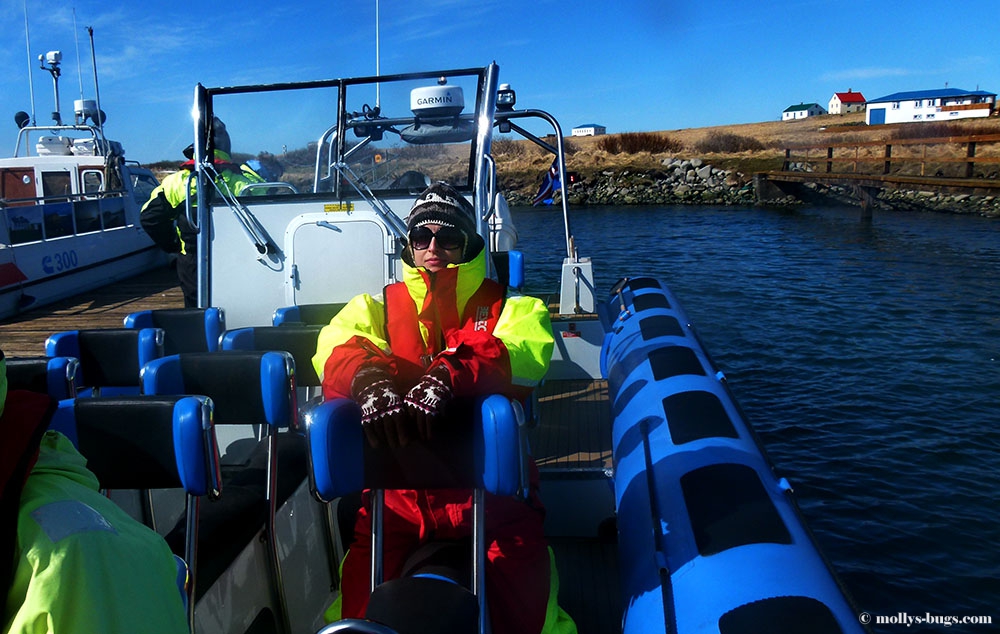
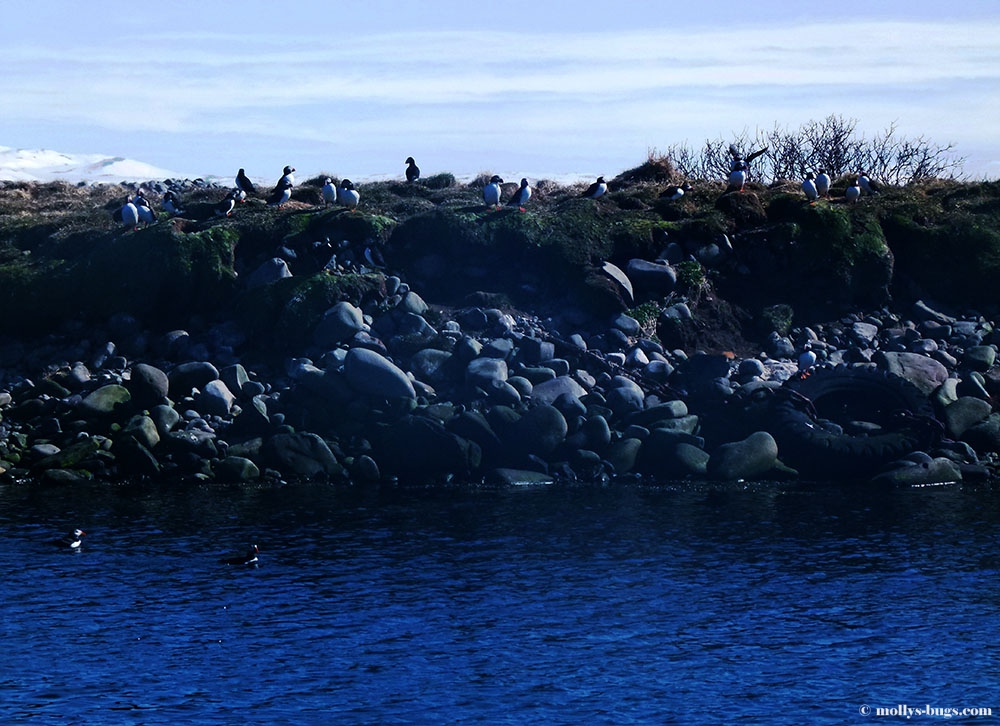
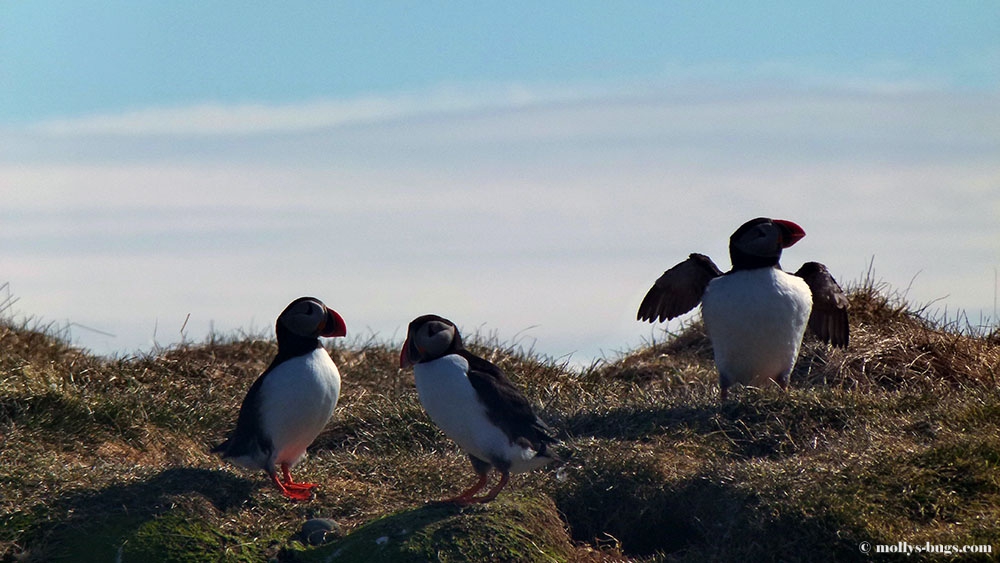
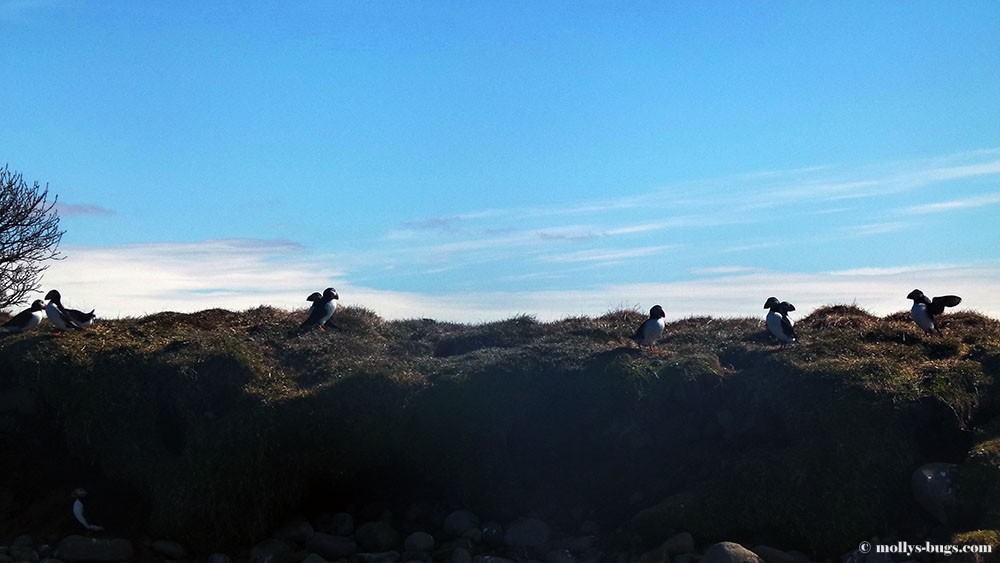
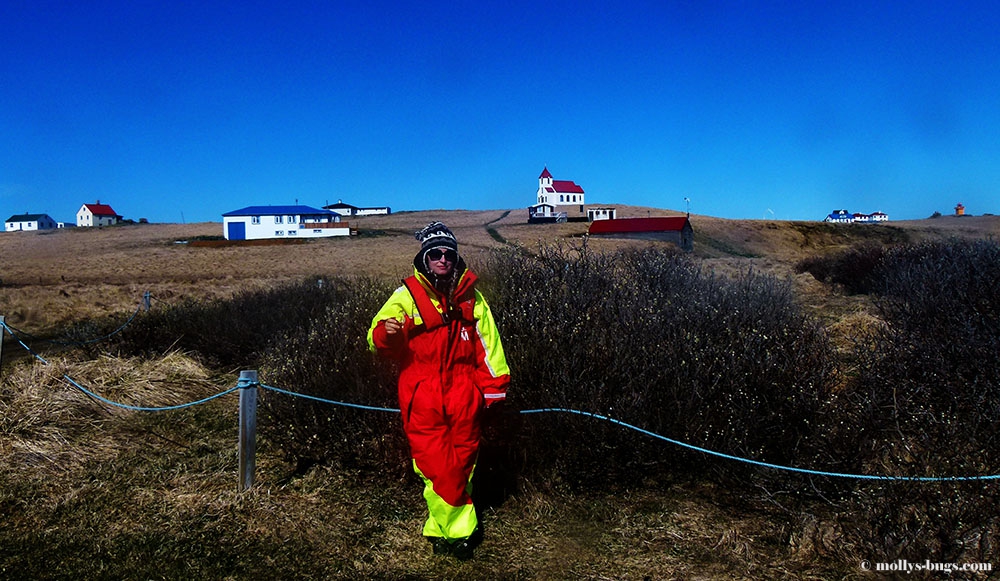
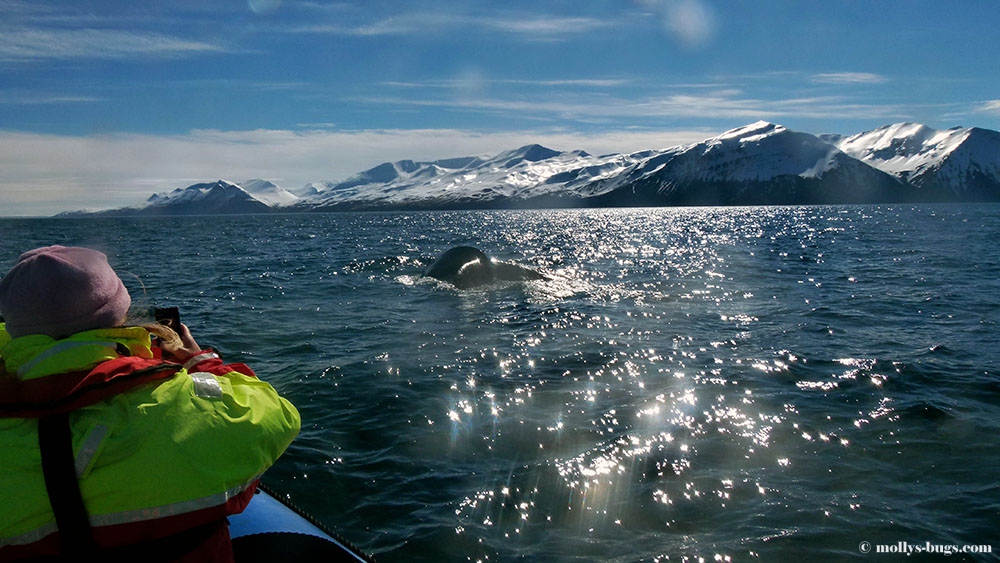
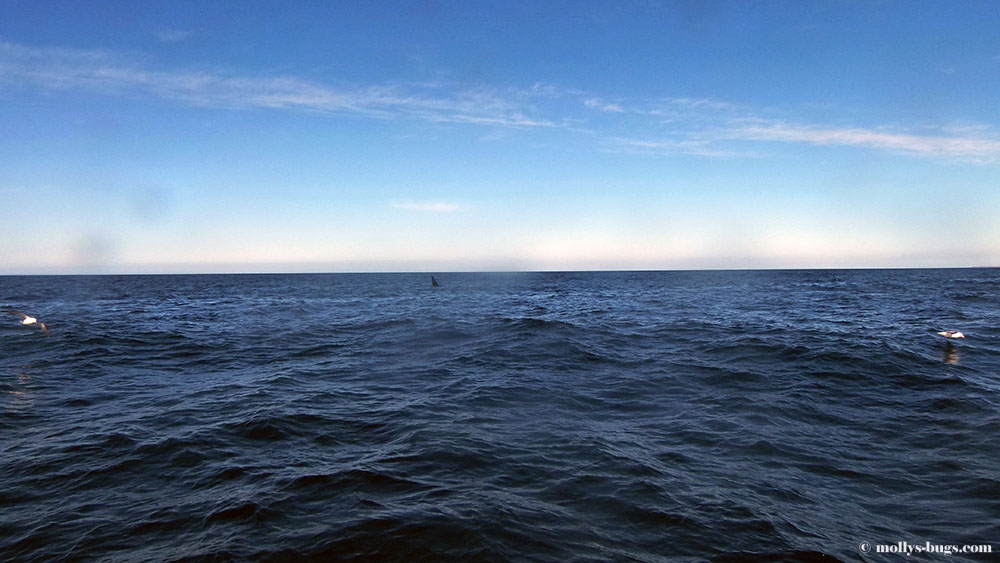
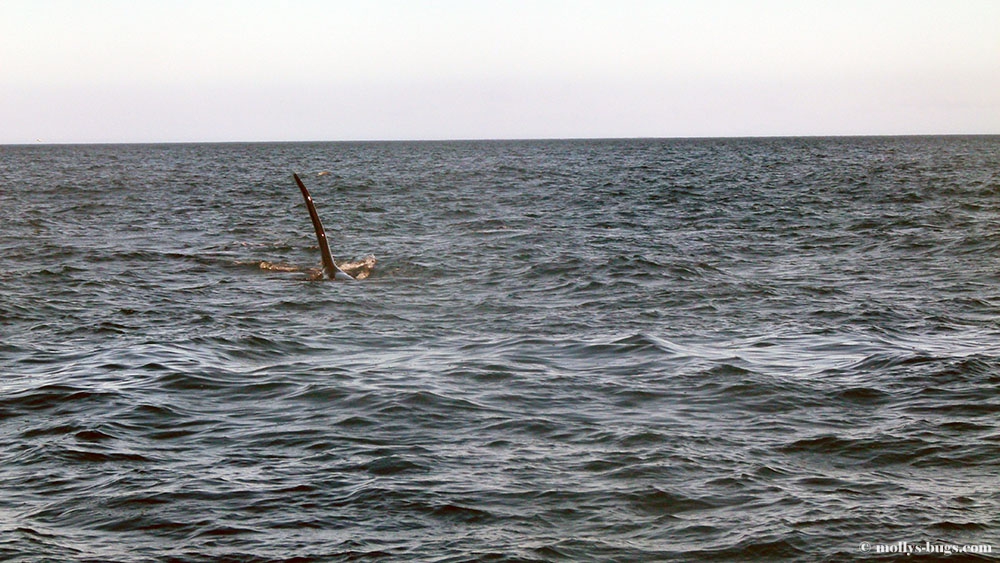
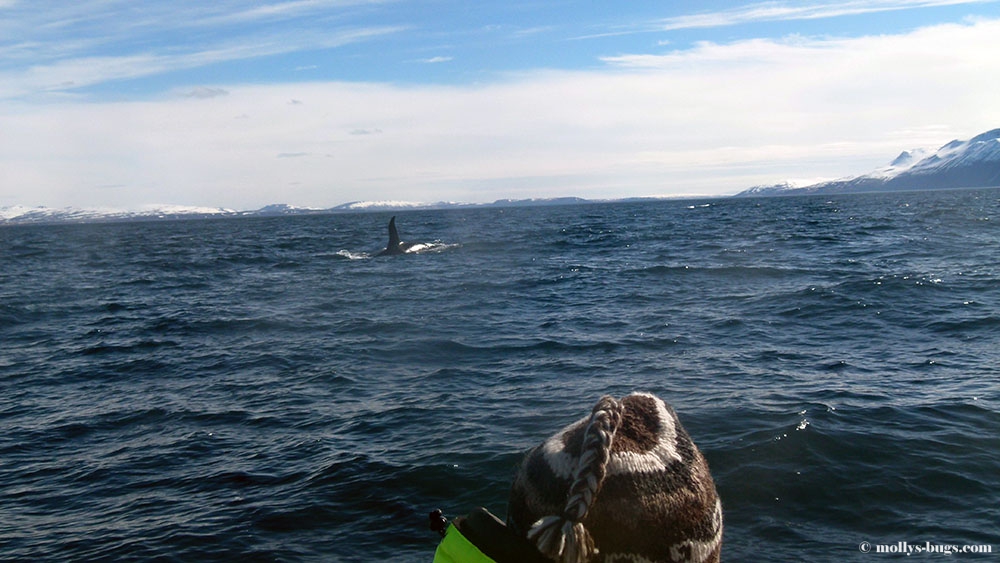
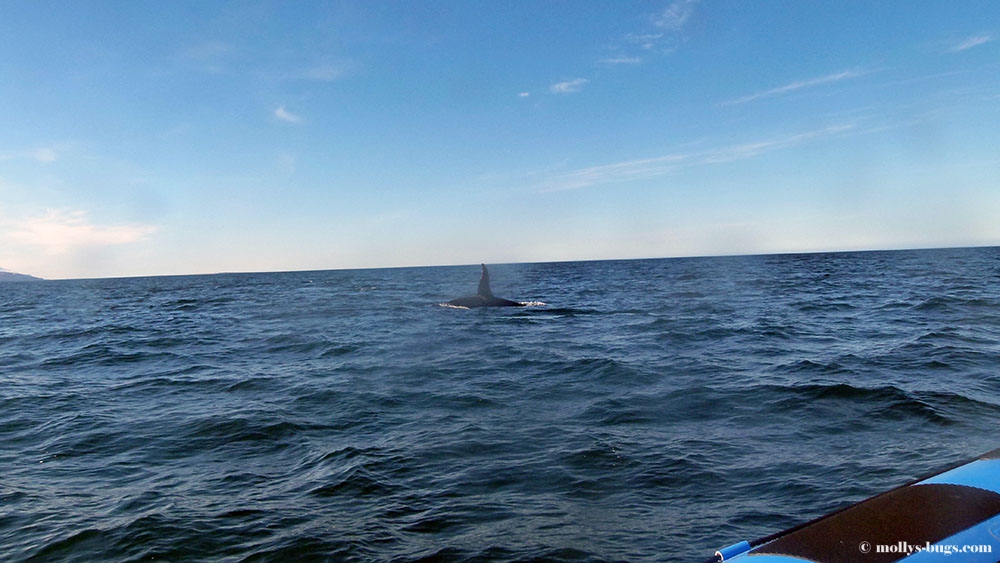
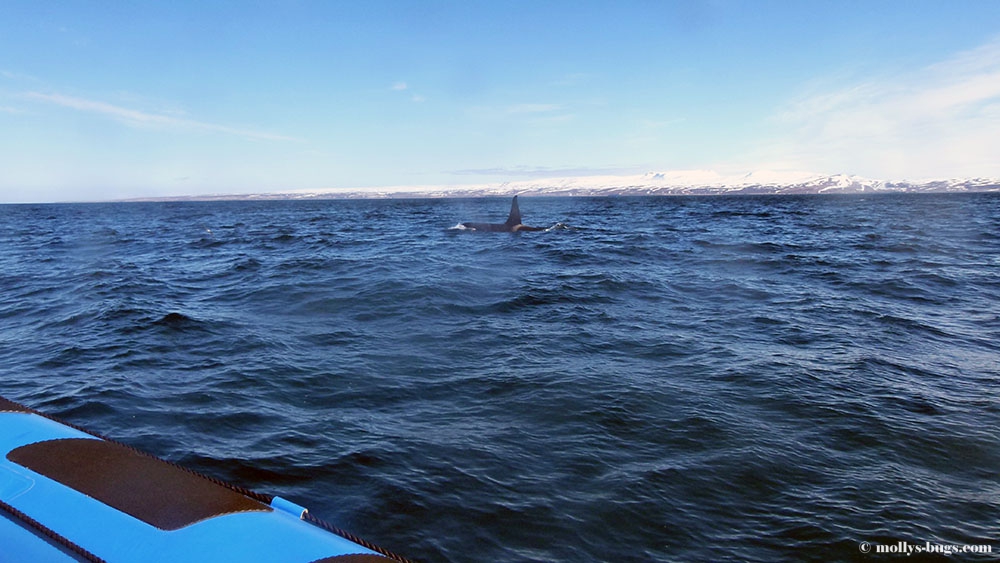






Leave a Reply